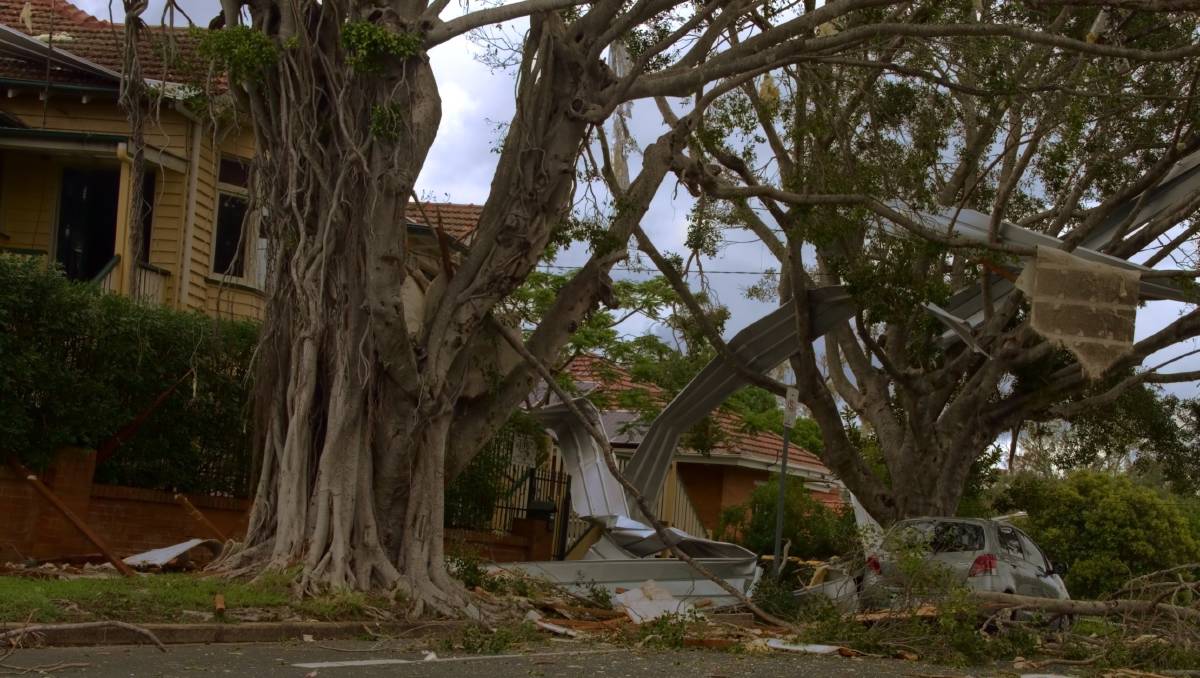
Traditionally our storm season starts around October, but the increase in the frequency and severity of extreme weather events means it pays, literally, to be prepared.
The Australian Financial Review reported earlier this year that two freak weather events – the Sydney hailstorm last December and the Townsville floods in February – cost the insurance industry $ 2.4 billion in claims and exceeded at least two insurance companies’ natural hazards allowance.
There is a lot you can do to protect your home from wild weather, but the first step is to check what your insurance covers. Most policies do cover storm damage, but the specifics of what it actually covers and how much you get back will vary greatly. Check the pds for your policy to ensure you are comfortable with your coverage considering the risks at your location.
Be prepared
Once that is done, you can get to work making your property as storm-proof as possible. In many ways this is similar to preparing your house before bushfire season:
- Keep the exterior of your house and your yard clean and tidy. Clear gutters of leaves and keep drains clear. If your pot plants are used to hide drainage, move them if there is a storm coming. Put away garden furniture and any building materials, or at least tie them down securely. If there are items you use regularly, perhaps include making them secure in your home emergency plan.
- Check for trees and branches that might cause damage to your home; you might need to bring in a qualified aborist for advice. If there has been any digging around the roots of trees, it may have made them unstable. If you do need to cut anything down, contact your local council first as you may need permission.
- How’s your roof looking? Fix broken tiles or damaged sheeting, and remember to check inside your roof space for any signs that your sarking is letting in water.
Gather everyone in your household together to make a home emergency plan. The emergency service organisation for your state will have one on their site you can download. It will cover subjects such as a checklist if you have to leave quickly, communication plans if people are at work or school, and a list of emergency contacts.
You should also prepare an emergency kit that contains items useful if you lose power or have to leave quickly. The kit, which should be a sturdy, waterproof container, could include items such as:
- Portable radio with spare batteries
- Torch with spare batteries
- First aid kit, medications and prescriptions
- Candles and waterproof matches
- Important documents
- Your Home Emergency Plan
- Waterproof bag for valuables
- Drinking water
When a severe weather warning is issued
- Disconnect electrical applicances and all external television and radio aerials;
- Turn off electricity and gas main supplies if instructed by emergency authorities;
- Secure outdoor furniture and other garden items;
- Fill buckets and bath with clean water in case of interruptions to main supply;
- Close windows with shutters, or use strong tape in criss-crossing pattern and draw curtains; and
- Park vehicles under cover, away from trees, powerlines and waterways, or if you cannot access undercover shelter for your vehicles, secure with firmly tied blankets to minimise hail damage.
During the storm
- Check all household members are safe and are in the strongest room in the house (including your pets);
- Take your emergency kit;
- Keep clear of windows, doors and skylights;
- Don’t use a fixed telephone;
- Avoid touching brick or concrete, or standing bare-footed on concrete or tiled floors (,ighting can travel through metal wires or bars in the wall or floor); and
- Keep checking the bom.gov.au or the app, and listen to your local radio station for storm warnings and updates.
